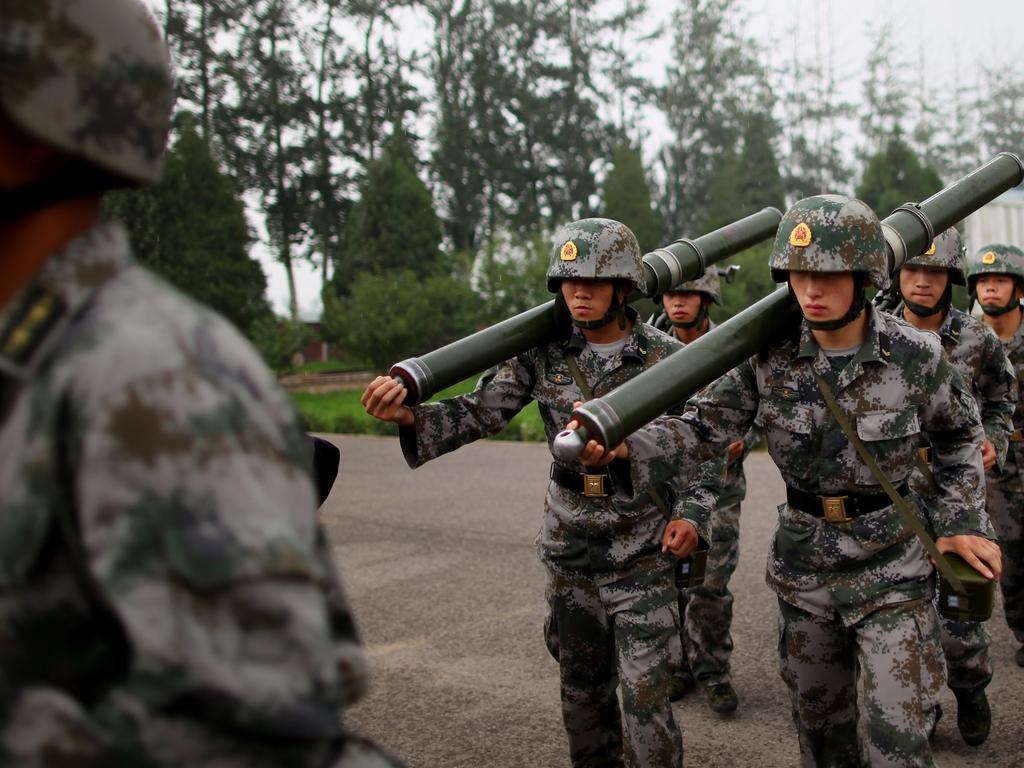Defence Strategic Review makes difficult choices to fight China in difficult times to protect Australia
We have traded on our geography as our natural defence for decades but technology shows this is no longer viable to protect ourselves from foreign enemies, argues Charles Miranda.
National
Don't miss out on the headlines from National. Followed categories will be added to My News.
With Australian households combating spiralling costs of living, it is difficult to think about expenditure on new defence hardware, particularly since no-one yet imagines it would be used for their intended purpose.
But difficult times demand difficult choices and to do nothing for the future of our national security would be irresponsible and an abrogation of good governance.
Put simply, our Indo Pacific region’s deteriorating security outlook prompted the Defence Strategic Review (DSR) to forewarn what we might need to be forearmed and Australia cannot afford to ignore.

We have traded on our geography as our natural defence for decades but technology shows this is no longer viable and today we face a range of immediate threats that can be inflicted on us without a single foe stepping ashore.
The DSR gives Defence an opportunity to carve out a clear path to a greater state of readiness that was not fully envisaged five to 10 years ago when China embarked on its aggressive build up coupled with assertive push for regional control.
Indeed US and Australian military intelligence cite 1997 as the pivot point for China’s remarkable military expansion when at the 15th Chinese Communist Party congress the edict was issued to radically reform defence’s industrial might.
Watch Charles Miranda’s explainer video below:

In that year the PLA officially adopted a modernisation program with the strategy for high intensity regional war fighting and the “anti-access area denial”, commonly referred to as A2/AD, which in effect provides for long range assault to prevent a foe to enter a contested theatre (A2) and having capabilities to limit movement within theatre (AD).
China’s defence budget went from $22bn to now more than $340bn a year in support of this
build up.
The Greens campaign against Australia having a single nuclear-powered submarine at a time China has 70. If China managed to shut down our trade on the pretext of a loose remark from Scott Morrison about Covid-19, you can guess what they could do on a whim to shut down our sea lane trade routes with this arsenal.
The DSR rightly notes we have to have a capacity of deterrence in this complex contest and that means a costly arsenal of long-range weaponry. But ignoring its recommendation would cost more.
Originally published as Defence Strategic Review makes difficult choices to fight China in difficult times to protect Australia






